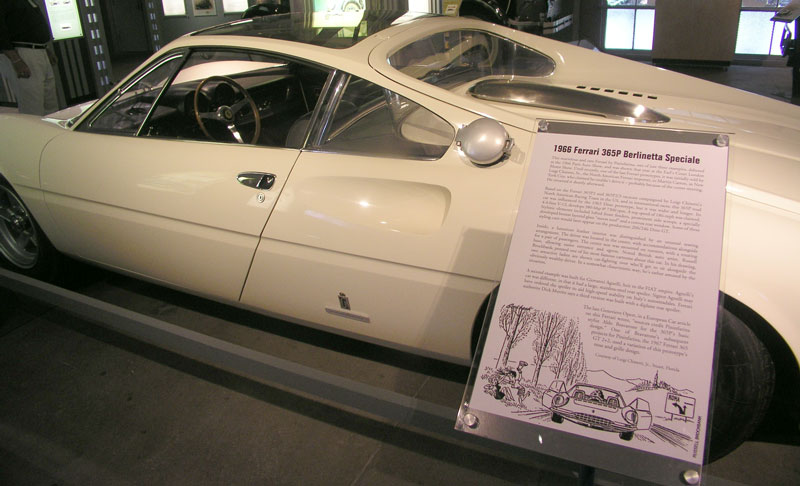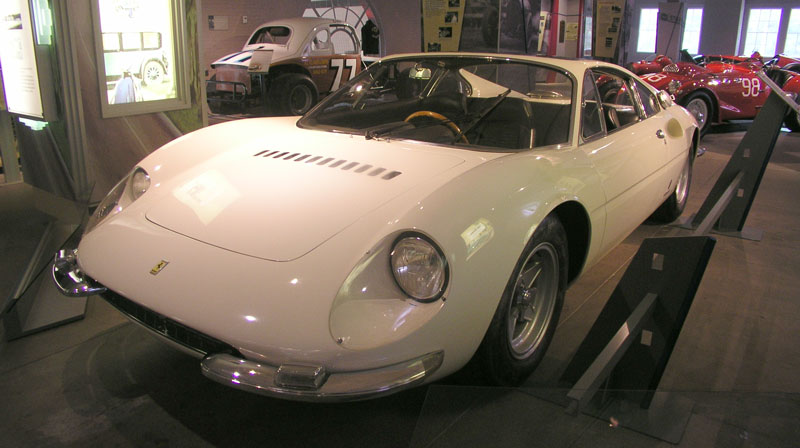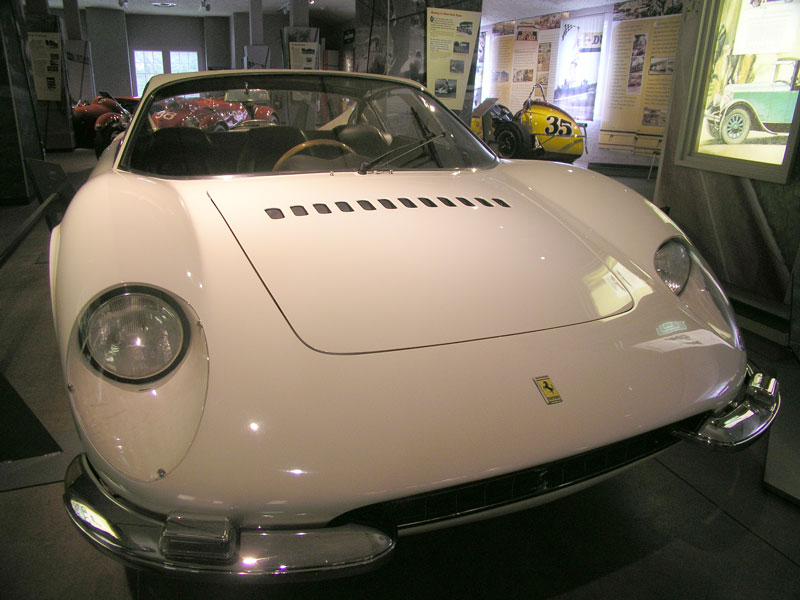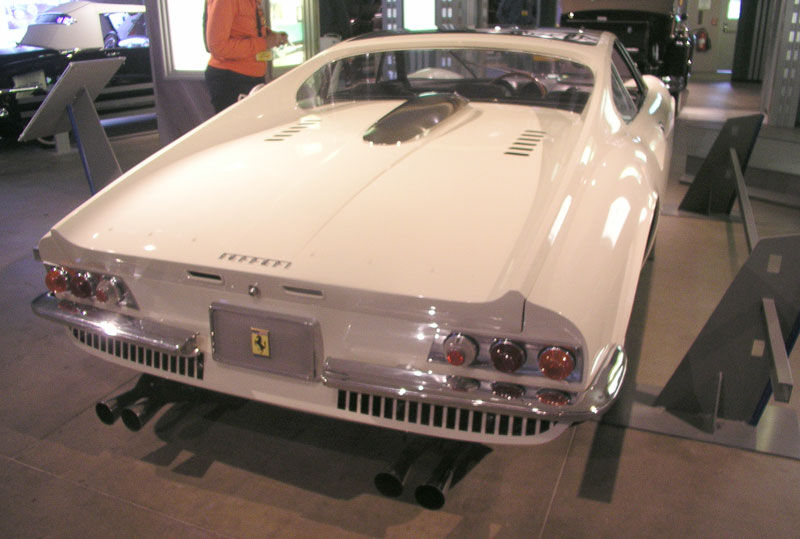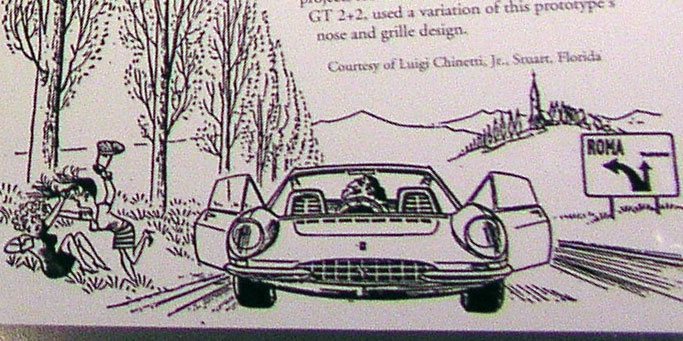
This is not a great photo sorry… literally a snapshot taken in less-than-ideal conditions. It is however a beautiful car. It is a UOP Shadow CanAm car. I *think* this is one of the 1973 ones, not the 1974 cars that won the last CanAm year. Reputed to have between 800 and 1000 HP, it makes beautiful noises when driven in anger. Powered by a twin-turbo Chevy V-8 and weighing very little this car must really GO. It was piloted by George Follmer, a genuinely nice guy I was lucky enough to meet at a vintage rally we both attended. Very soft-spoken, he’s one of very few, if not the only race driver to have driven in, and won many types of racing: NASCAR, Sports Cars/SCCA, Formula 1, Indy/USAC, CanAm, Trans-Am, etc.
I had the pleasure of seeing this car run at Pacific Raceways, in the same field as an old Tyrrell/Elf F1 car, a Ferrari F1 car, a couple of F5000 cars… a sort of vintage “Formula Libre” run. It was heavenly to just HEAR it happening.

